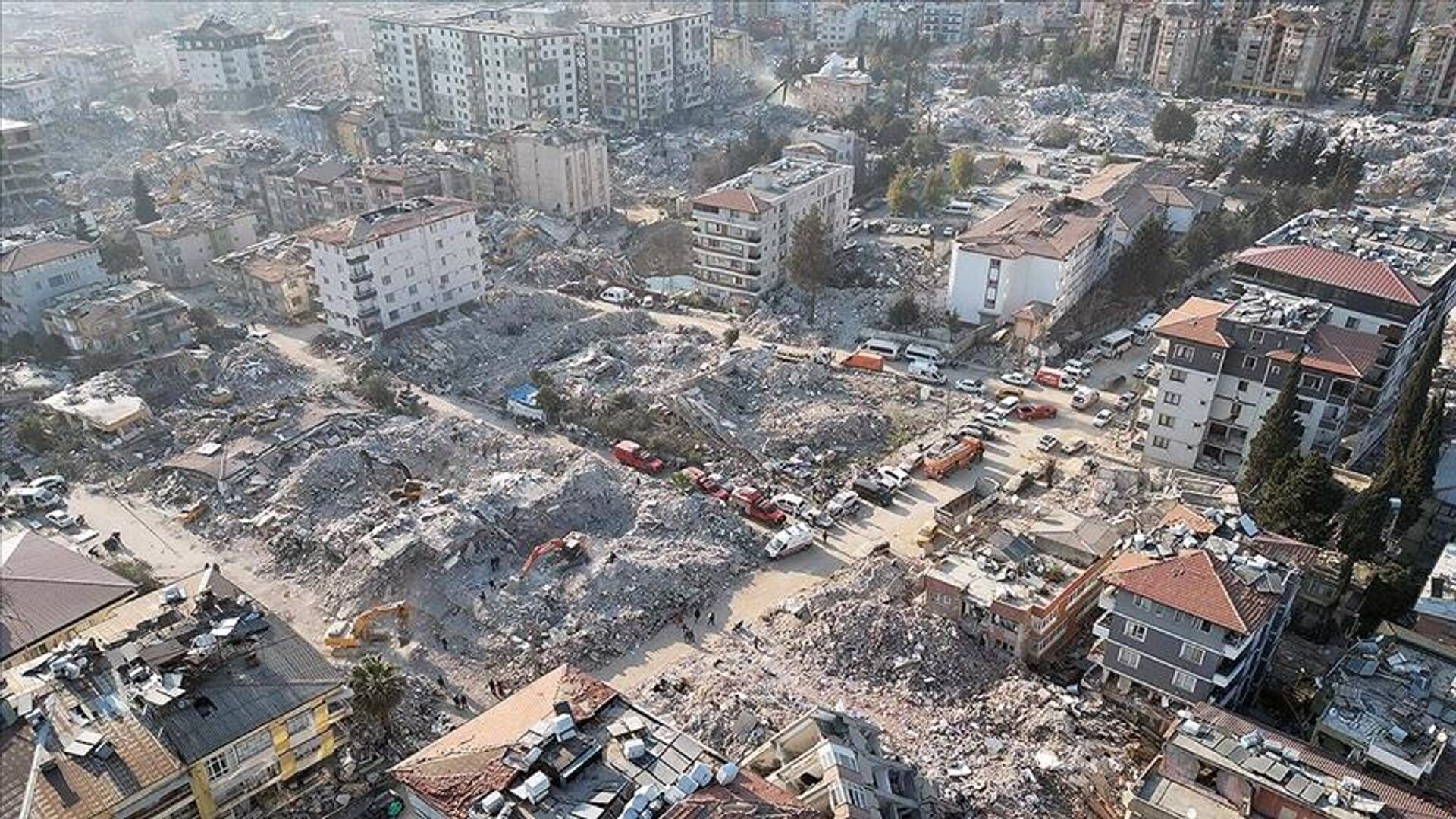Earthquake in Turkey: what has changed a year later?
[ad_1]
A year ago, three powerful earthquakes occurred in southeastern Turkey, which became the most destructive in its history and one of the strongest in the world over the past hundred years.
On my last business trip, I visited three provinces affected by the natural disaster – Kahramanmarash, Adiyaman, Malatya and got acquainted with how people live today in the regions affected by the disaster, learned about what work has been done this year.
How it was
The first shock was recorded in the early morning of February 6, 2023 in the province of Kahramanmaraş with a magnitude of 7.7. Soon after this, tremors were recorded in Gaziantep – the magnitude was 6.5. A few hours later, a second earthquake with a magnitude of 7.6 occurred again in Kahramanmaraş. There were also a large number of aftershocks.
As a result of the disaster in Turkey, 53 thousand 537 people were killed and over 107 thousand people were injured. Another 14 million are recognized as victims.
In total, the earthquake affected 18 provinces, but 11 of them were most affected: Kahramanmaras, Hatay, Adiyaman, Osmaniye, Gaziantep, Sanliurfa, Malatya, Diyarbakir, Adana, Kilis and Elazig.
Tremors were felt not only in Turkey, but also in Syria, Israel, Lebanon, Iraq, Georgia, Armenia, Cyprus and southern Kazakhstan. The power of underground points was so strong that in Syria, closest to Turkey, more than 8.5 thousand people died under the rubble of collapsed buildings.
Our Turkish airlines plane landed at Kahramanmaraş airport (it is worth noting the quality of the airline’s service, friendly staff, catering, seat comfort and, most importantly, the professionalism of the pilots). During the earthquake, the airport was heavily damaged and was temporarily closed to civilian flights, but air traffic was quickly restored.
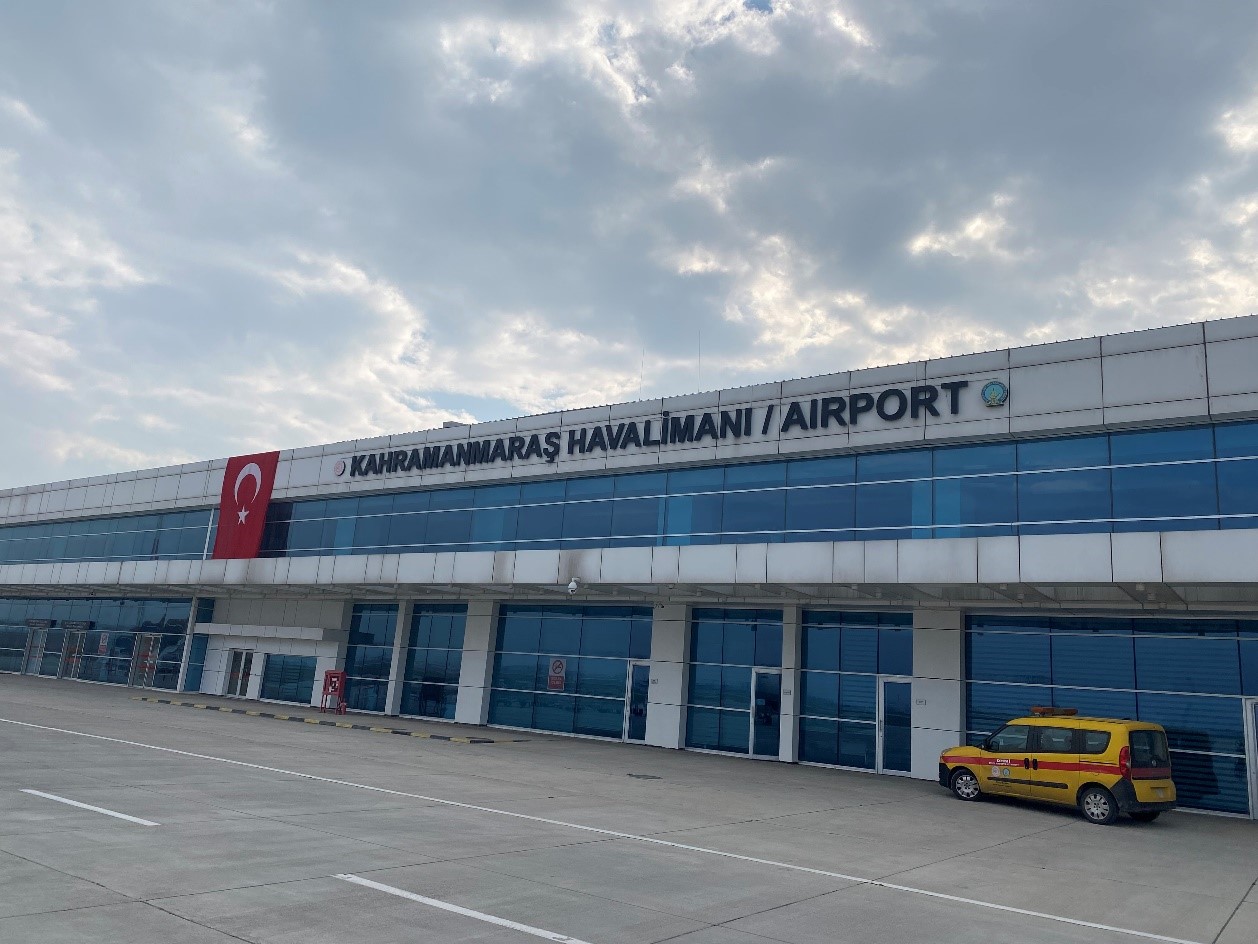
Upon arrival in the city, we were met by the provincial governor, Mr. Mükerrem ÜNLÜER, and invited to a press conference.
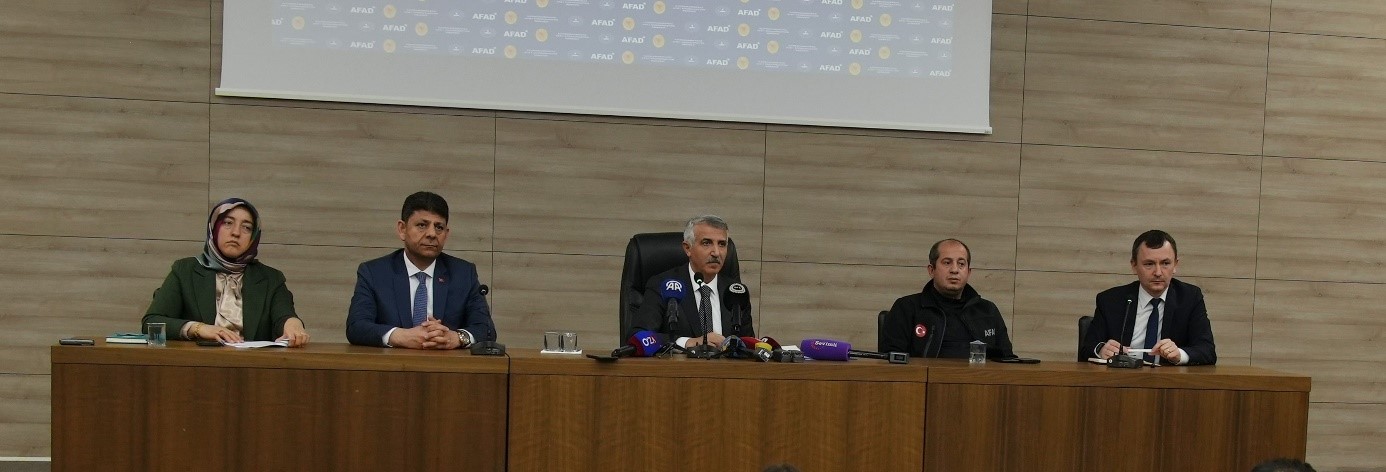
As the governor said, as a result of two earthquake shocks in the province of Kahramanmaraş, 12,718 people died, and the disaster affected the lives of 1,177,436 people.
A total of 53,945 buildings were damaged throughout Kahramanmaraş. In particular, 7,491 buildings were completely destroyed, 4,434 buildings are unsafe and are about to collapse, 6,048 buildings are marked as having moderate damage, and 35,972 buildings are severely damaged.
The process of removing debris from destroyed and unsafe buildings that are subject to demolition has now been completed, and accelerated demolition and removal of debris from heavily damaged buildings continues. In addition, 3,661 buildings are undergoing forensic investigations.
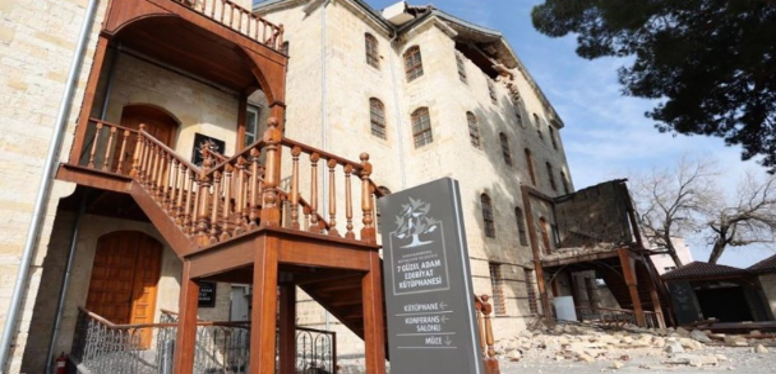
People who lost a roof over their heads were placed in schools and any suitable premises, they were given tarpaulin tents, and then they began to move them to container towns.
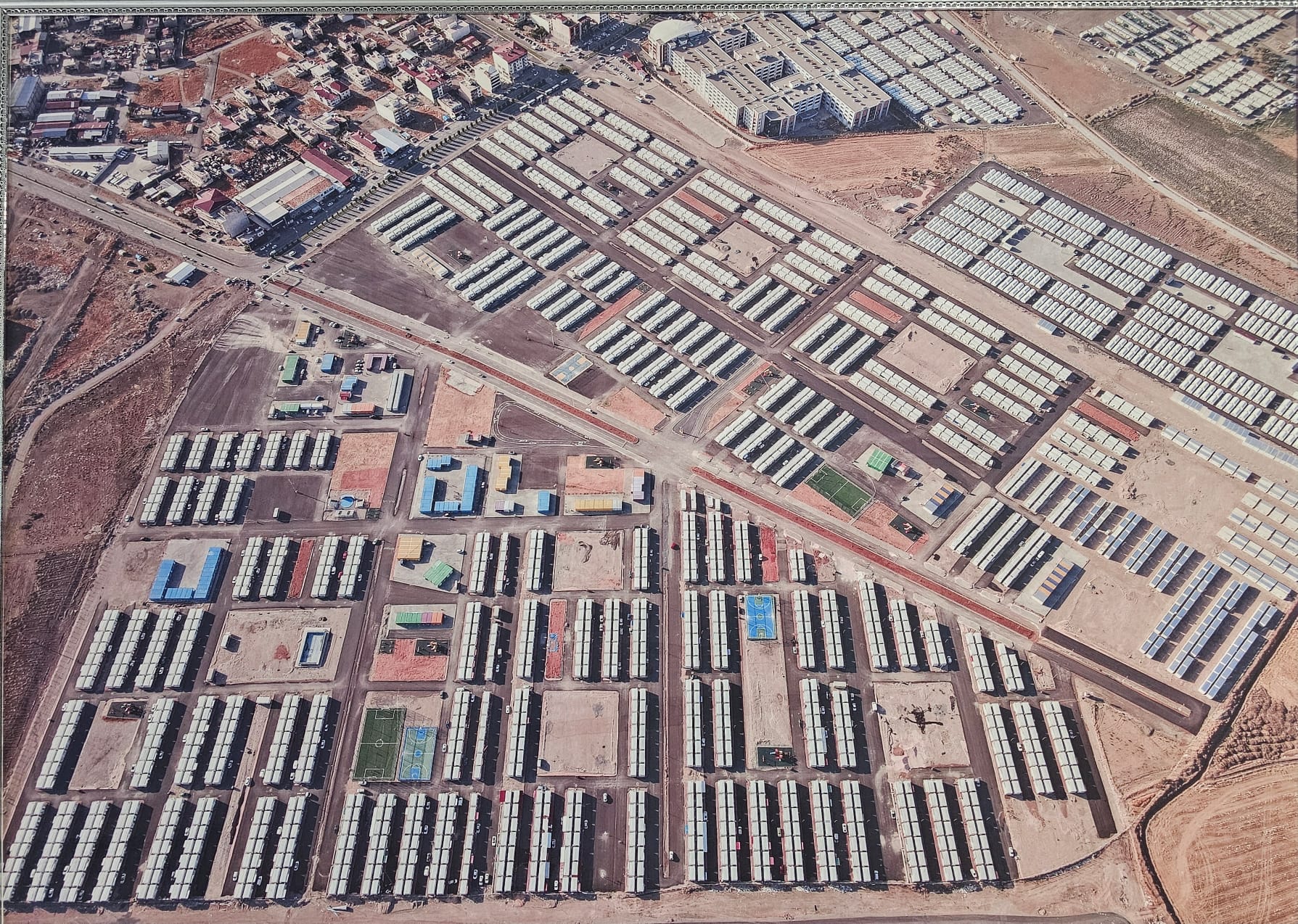
After an explosion in a gas pipeline that occurred as a result of an earthquake, the entire city was cut off from gas. The Turkish state-owned oil and gas pipeline company – BOTAŞ (Boru Hatlari ile Petrolium Taşima A.Ş.) carried out the necessary repair work on the gas pipeline and gas was supplied again on February 9. In turn, the gas company in Kahramanmaraş – ARMADAŞ (Armadaş Arsan Maraş Dogalgaz dagitim A.Ş.) quickly completed inspections of the city’s distribution lines and began supplying gas to urgently needed bakeries, schools and hostels.
Within 20 days after the earthquake, all slightly damaged and undamaged buildings were gasified, and natural gas lines were installed in approximately 7,000 houses, which are now ready for delivery.
The electricity company AKEDAŞ identified damage to power grid elements such as power lines, poles, transformers and electrical panels and began the necessary work. 72 hours after the earthquake, the city was 93% supplied with electricity, and on the 15th day after the disaster, all electrical networks were energized, except for the destroyed areas.
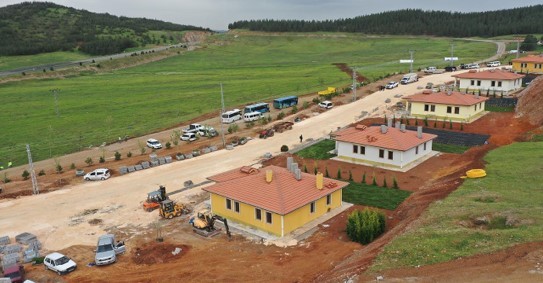
In total, 917 personnel and 164 vehicles together with support teams from different distribution regions of Turkey and Kahramanmaraş took part in the activities to eliminate faults in power lines after the earthquake and supply electricity to installed tents, tent camps and containers in the city. As part of the work that began immediately after the earthquakes, in the first 15 days, voltage was applied to 10,324 tents installed at 43 points.
On behalf of the General Directorate of Cultural Heritage and Museums of the Ministry of Culture and Tourism, working groups consisting of specialists from the Directorate of Geodesy and Monuments of Gaziantep, the General Directorate of Cultural Heritage and museum experts, as well as academicians from various universities, carried out inspections in the center and areas of the city of Kahramanmaraş and determined the damage, caused by the elements. Thus, according to the results of inspections, damage was caused to 534 registered immovable properties, 50 of them were completely destroyed, 244 of them were seriously damaged. 113 units received moderate damage, 65 were slightly damaged, and 62 were not damaged at all.
The greatest damage in terms of quantity and damage was caused to the cultural heritage of Kahramanmaraş.
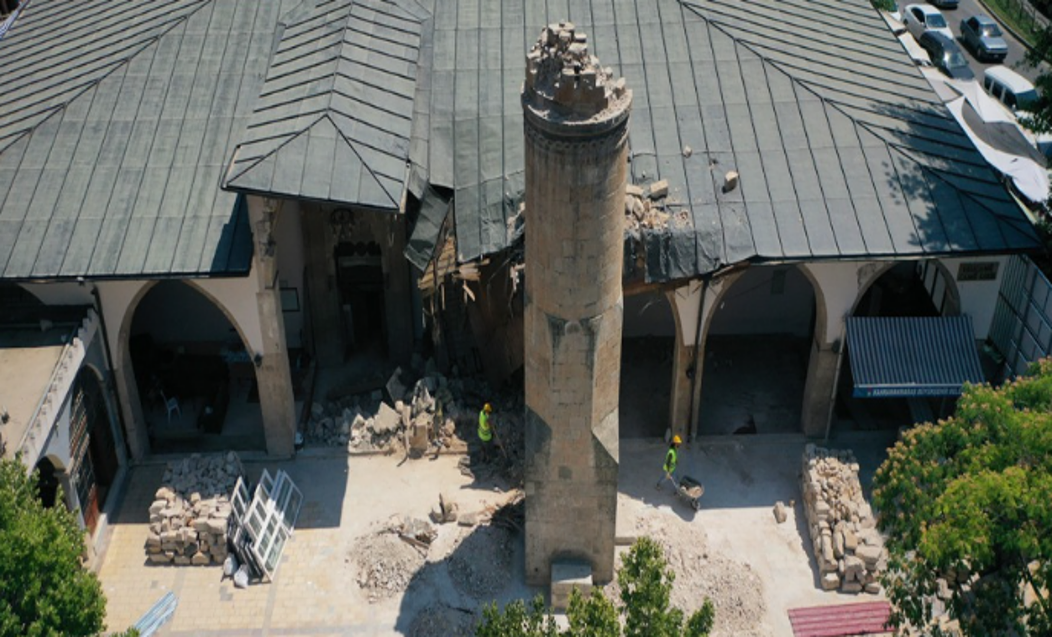
All bazaars, especially the Grand Bazaar, will be restored by the Metropolitan Municipality.
Damage was assessed to 58 foundation structures (34 mosques), 28 of which are owned by the General Directorate of Foundations. The city’s central mosque, Ulu, was renovated by the Gaziantep Regional Foundation Office.
Charitable aid arrived in the city in 8,615 trucks, 111,077,833 meals were distributed throughout the province, and 11,914 people living in the central and rural containers of Kahramanmaraş received ESEN CARDs.
Already on the second day after the earthquake, Turkmenistan sent humanitarian aid via an IL-76 cargo plane of Turkmen Airlines. And there were several such flights. The country also sent a team of medical workers consisting of 10 people, 20 thousand kilograms of medicines, and 2 cargo planes. Turkmenistan also provided financial assistance in the amount of 165,325 US dollars to the fraternal people.
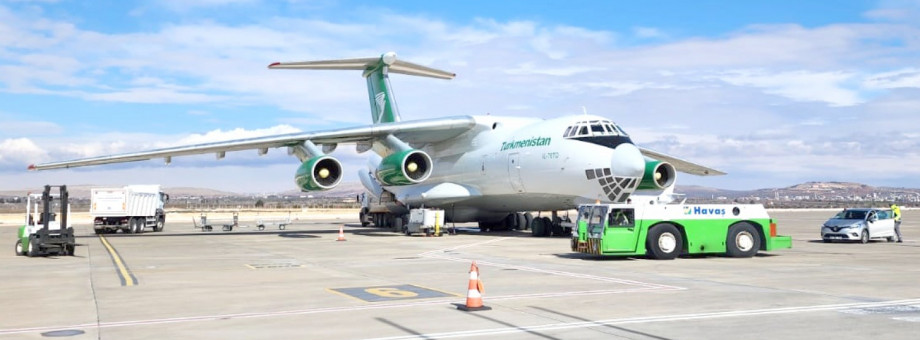
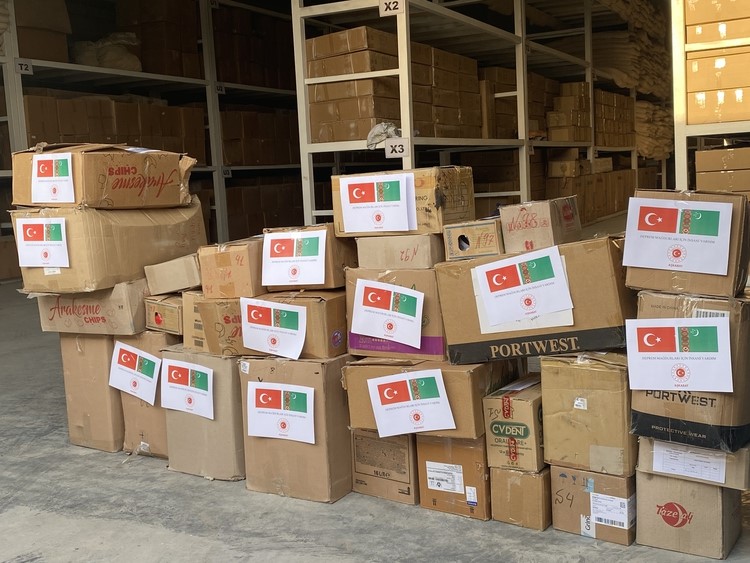

President of Turkmenistan Serdar Berdimuhamedov and Chairman of the Khalk Maslakhaty Gurbanguly Berdimuhamedov expressed deep condolences to the leadership of Turkey in connection with the earthquakes that occurred. Gurbanguly Berdimuhamedov also initiated assistance to Turkey from the Charitable Fund established to support children in need of care.
Following the earthquake, the Office of Family and Social Services provided home visits, needs assessments, psychosocial support, and psychoeducation services to 849,364 citizens in 166,907 households. In Kahramanmaraş province, the amount of compensation for damages per family to be paid by the Turkish Interior Ministry’s Disaster and Emergency Management Administration (AFAD) is 2510110000 Turkish lira for a total of 251011 people. These payments are designed for relocation, evacuation, and funerals of family members. A total of TL 7,171,789, 655.48 was paid in rental support, including TL 1328,438,000 to 25,304 homeowners and TL 92,0519,000 to 28,766 tenants.

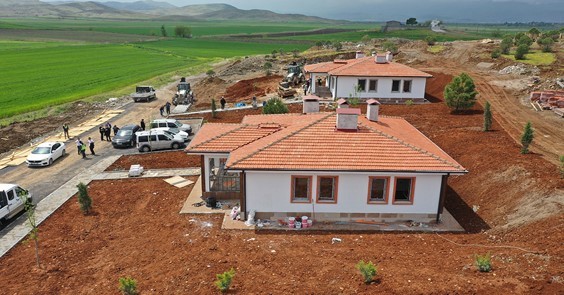
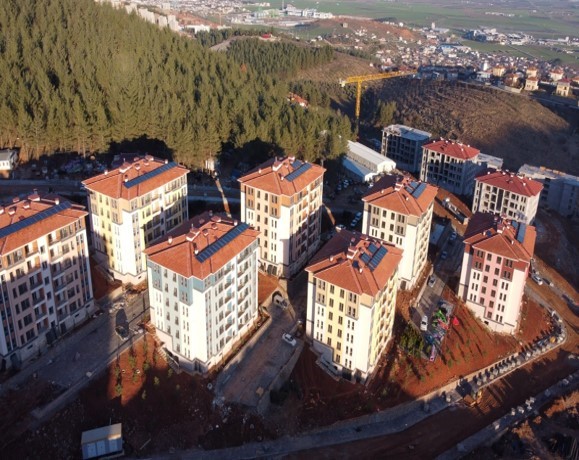
Since the province is mainly agricultural, the Provincial Department of Agriculture and Forestry provided financial support for the maintenance of livestock (sheep, goats, calves, buffaloes, malak) in the amount of 445,620,410 Turkish lira, for the purchase of fishing boats in the amount of 29,887,500 Turkish lira, for support for crop production was allocated 569,755,137 Turkish lira.The distribution of farm animals also continues: 15,206 heads of small cattle, 1,085 heads of livestock; 5648 queen bees and 22592 bees.
After the earthquake, which was called the “disaster of the century,” it was provided support to resume the activities of industrial enterprises and resolve the issue of investment placement. In this regard, by decree of the head of the republic, Recep Tayyip Erdogan, small production sites, especially industrial zones, with an area of about 18 thousand hectares were declared industrial.
Efforts to attract new investment to the city continue through negotiations with TUSAŞ (Turkish Aerospace Company) in the defense industry sector.
“Kahramanmaraş survived the catastrophe of the century, but it will rise again from the ashes, and we will receive investments for centuries,” Governor Mukerrem Unluer summed up his speech.
I think that the economic power of the Turkish Republic and the measures taken by the authorities are helping to erase the earthquake from people’s memory physically and economically: in the place of destroyed houses, new houses with comfortable apartments are being built, and the export of products from the 11 affected provinces in January of this year exceeded this figure by 2. 3% (reported by Anadolu Agency with reference to data from the Turkish Export Assembly).
And it will take longer to forget psychologically – the memories of the grief experienced and the fear that it could happen again are too strong in society.
To this day, accounts for charitable assistance to earthquake victims are functioning and are coordinated by the Office for Disaster Management and Emergency Situations of the Ministry of Internal Affairs of the Republic of Turkey AFAD.
Nurmurad Yylkybayev
Photo: author’s photo
[ad_2]


